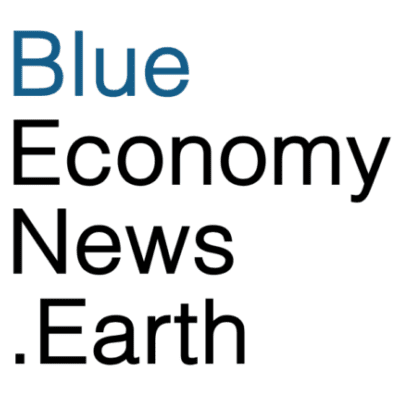Baltic Exchange has introduced a series of green fuel options to its FuelEU voyage and compliance cost calculator. The company, a membership organization for the maritime industry, and freight market information provider for the trading and settlement of physical and derivative contracts, is adding the options to help its customers as they weigh the commercial implications of FuelEU Maritime regulations on their voyage costs.
Biodiesel, bio-LNG, bio-LPG, green methanol, green hydrogen and green ammonia have all been added to the calculator, either as green fuel or blend options. Baltic Exchange’s FuelEU Maritime calculator provides an overview of the cost implications for the selected option relative to the Baltic standard for that route. This will enable the market to factor any change in fuel selected or contemplated into their voyage cost estimates.
“Green fuels are expected to be very expensive initially, so will likely be blended into fossil-derived fuels initially, to achieve compliance with the new FuelEU Maritime regulation. For this reason and based on industry feedback, we have added a blend capability to Baltic Exchange’s FuelEU compliance and fuel cost calculator,” said Martin Crawford-Brunt, Emissions Lead at Baltic Exchange.
“Baltic Exchange is assisting the market by cutting through the considerable complexity of these regulations by providing a simple decision-making tool that estimates the voyage costs of the many fuel and blend alternatives quickly and simply,” he added.
These results of the calculations are all presented relative to the Baltic standard ship and route types. The output from these calculations shows the cost differential for the fuel under consideration with the entered speeds and consumptions of the test ship versus the market standard.
For example, a 115,000 dwt LR2 clean tanker operating on the TC20 Baltic route (Al Jubail – Rotterdam), assuming a standard speed of 11 knots with ballast consumption of 21 mt/day and laden consumption of VLSFO of 27 mt/day, stands to save nearly $30,000 in fuel costs if using a 35% B100 blend option.
Despite an increase in overall fuel costs, the company said, the amount saved for being in compliance with the FuelEU Maritime regulation will offset those costs and provide additional savings compared to burning purely very-low-sulphur fuel oil (VLSFO). The calculator also shows the voyage cost outcomes for the same vessel and route depending on which green fuel is blended into VSLFO at 10%. These calculations are made with the assumption that these green fuels cost twice as much as their fossil-derived versions, which make up the remainder of the fuel burned on the round voyage.
“With the latest update to Baltic Exchange’s FuelEU Maritime Calculator, users now have the ability to experiment with any green fuel blend percentage taking into account the assumed green fuel cost premium and the expected well-to-tank emissions profile for the specific green fuel blend selected,” Crawford-Brunt noted.
“Regulations like FuelEU Maritime and EU ETS will become increasingly impactful on voyage costs to and from the EU. All contracting parties, their brokers and traders need to be able to estimate these additional costs quickly to avoid facing high financial penalties. Baltic Exchange is pleased to be able to offer these vital emission resources and tools to its members and the wider market as we all strive for a more sustainable future for shipping,” he added.

